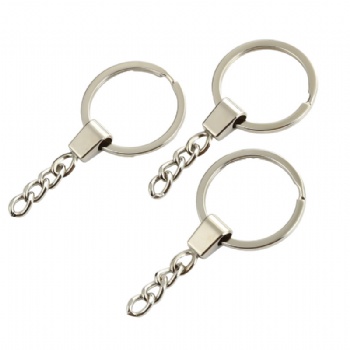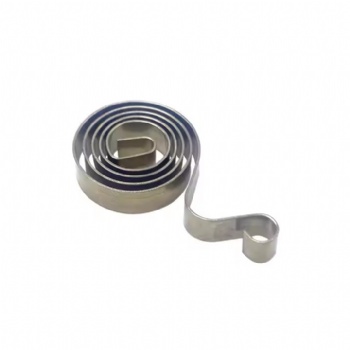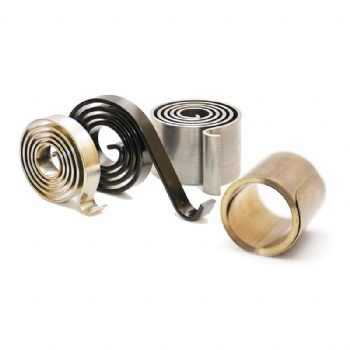News
What is a spring?
A spring is a mechanical part that uses elasticity to work. Parts made of elastic materials deform under external force and return to their original shape after the external force is removed. It is also called "spring". It is generally made of spring steel. There are many types of springs. According to their shapes, they mainly include helical springs, scroll springs, leaf springs, special-shaped springs, etc.
Springs are extremely important mechanical parts that are used to affect movement, improve shock absorption, etc., and are used in many products. In other words, rapid prototyping services such as 3D printing and CNC processing can manufacture various types of springs that are used to affect and manufacture products such as watches and mobile phones.
For the spring industry, there has long been a passive situation where low-end ordinary springs are in oversupply and high-end products (high strength, high stress, special parts, special materials) are in short supply. The output of the spring industry has reached saturation. According to expert statistics, the annual production of springs has reached 4 billion pieces. There are 21 major categories and more than 1,600 varieties of various spring products, mainly valve springs, suspension springs, diaphragm springs, shock absorber springs, hydraulic springs, oil pump springs, disc springs, high-temperature springs, retaining springs, tension springs, torsion springs, compression springs, volute springs and special springs.
According to the nature of the force, springs can be divided into tension springs, compression springs, torsion springs and bending springs. According to the shape, they can be divided into disc springs, annular springs, leaf springs, spiral springs, truncated cone volute springs and torsion bar springs. According to the manufacturing process, they can be divided into cold-rolled springs and hot-rolled springs. Ordinary cylindrical springs are the most widely used because they are simple to manufacture and can be made into various types according to the load conditions. They have a simple structure. Generally speaking, the materials used to make springs should have high elastic limit, fatigue limit, impact toughness and good heat treatment performance. Commonly used materials include carbon spring steel, alloy spring steel, stainless spring steel, copper alloy, nickel alloy and rubber. There are two methods for making springs: cold coiling and hot coiling. Spring wires with a diameter of less than 8 mm are generally cold coiled, and those with a diameter greater than 8 mm are hot coiled. Some springs are also subjected to strong pressing or shot peening after being made to improve the load-bearing capacity of the spring.
Categories
Contact Us
- +86-15259294925
- +86-15259294925
- ellaspring@yeah.net
- +86-15259294925




